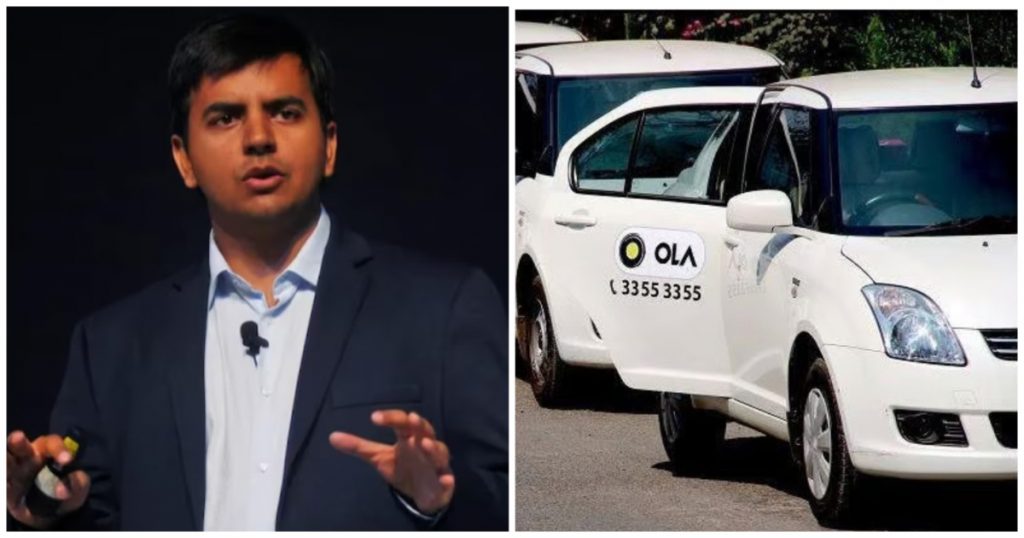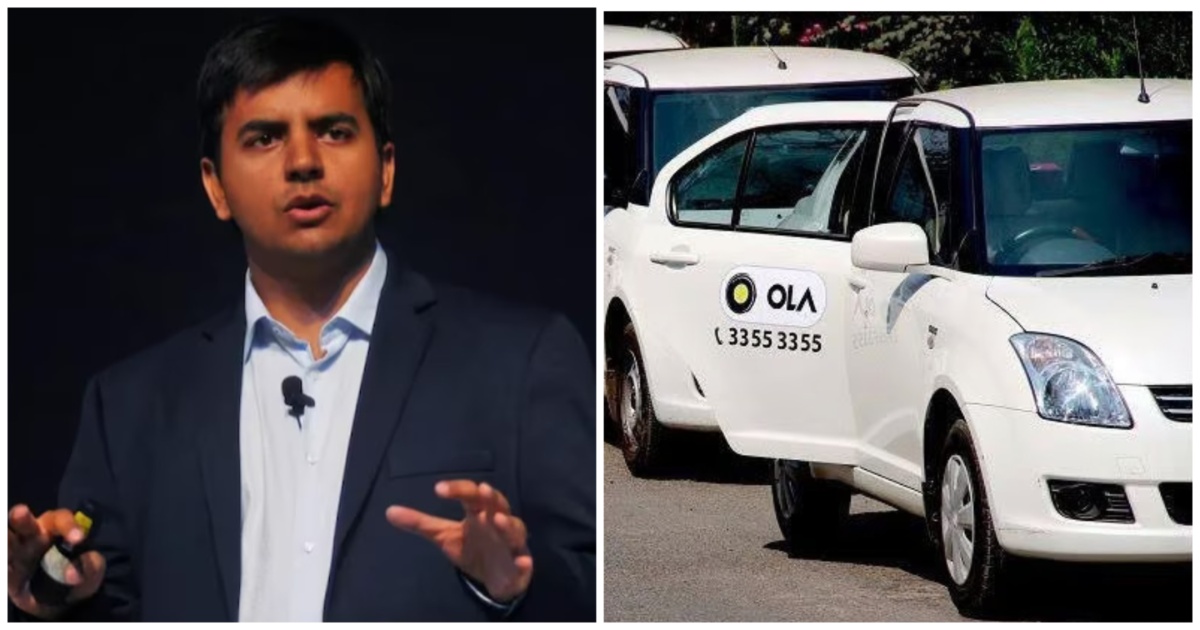Ride hailing companies have been a part of urban India’s daily fabric for over a decade now, but they’re still struggling to make any money.
Ola’s parent company ANI Technologies has reported a loss of Rs. 772 crore in FY23. Ola managed to grow its business this year, and its revenue rose from Rs. 1,970 crore in FY23 to Rs. 2,799 crore this year. The company simultaneously managed to narrow its losses by 50%, falling from Rs. 1,522 crore in FY22 to Rs. 772 crore now.

All of Ola’s many divisions lost money. On a standalone basis, Ola’s ride-hailing registered revenue of Rs. 1,987 crore in FY2 and losses of Rs. 1,082 crore. Ola Money, the company’s financial services platform, reported revenue of Rs. 86 crore and a loss of Rs. 56 crore. Ola Fleet Technologies, meanwhile, had revenue of Rs. 190 crore and a loss of Rs. 387 crore. Ola’s food delivery unit reported revenue of Rs. 1.28 crore and a loss of Rs. 106 crore, while its grocery delivery arm registered a revenue of Rs. 22.4 crore with a loss of Rs. 81 crore.
These aren’t encouraging numbers for a company that can hardly be called a startup any more — Ola was founded all the way back in 2010, but is yet to register a profit. And even 13 years after being founded, it’s still losing a thousand crore per year across the more than half a dozen businesses it’s ventured into. It’s a similar story with Uber India — Uber it reported revenue of Rs. 2,666 crore and loss of Rs. 311 crore in FY23.
It’s perhaps that Ola sees immediate path to profitability that founder Bhavish Aggarwal is now directing his energies at Ola Electric, the company’s EV initiative. Like his first business, Ola Electric is too bleeding money — it lost Rs. 1,472 crore last year. But the EV space is currently hot, and Ola Electric has applied for an IPO, and could go public over the next few months. And while Ola Electric could end up seeing plenty of interest from investors, it could be a while before the company’s first cab hailing vertical ends up being a viable business in its own right.
